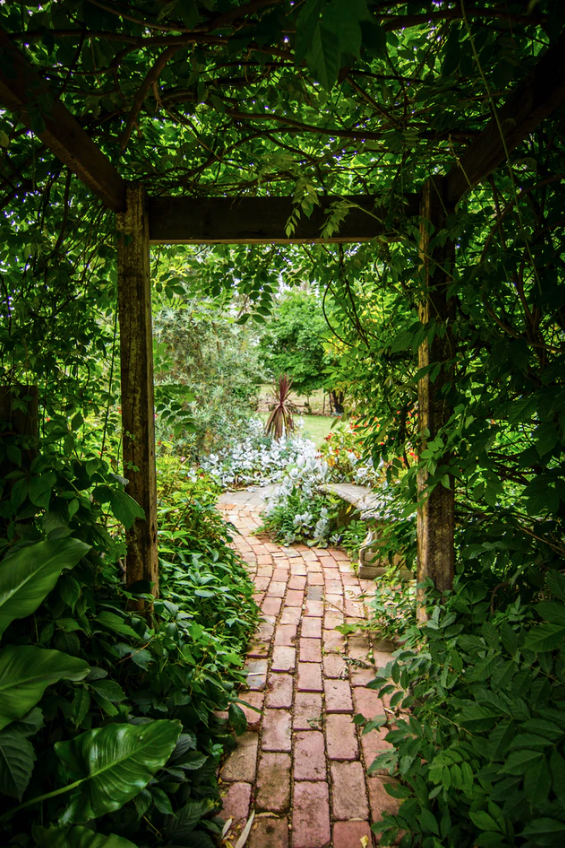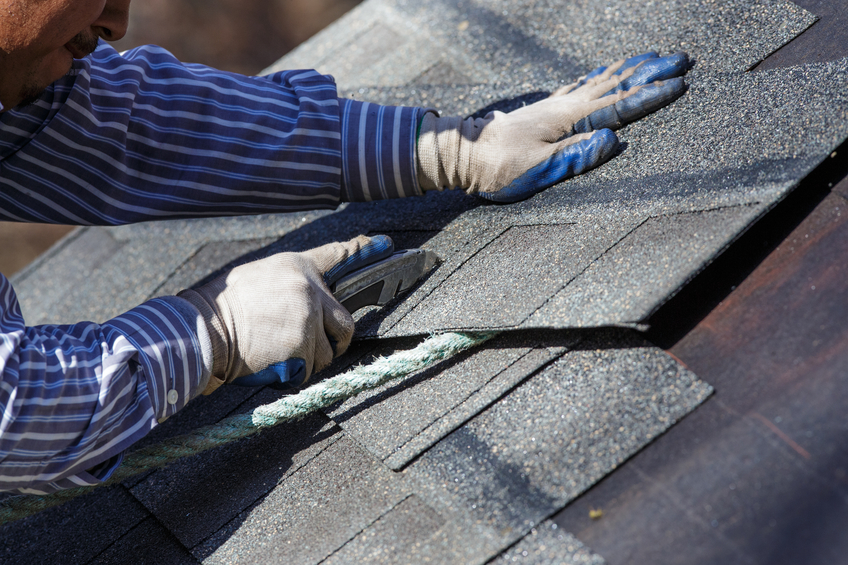5 Things to Consider When Redesigning Your Garden

When it comes to garden redesign, there are a million and one things that will probably run through your mind, making it seem like an almost impossible task to start, let alone finish!
 Photos By: Unsplash
Photos By: Unsplash
With so many things to consider, the easiest way to start a garden redesign is by thinking of your garden as a simple extension of your home. Sounds simple enough right? Well, if you’re still sat scratching your head, we’d like to make things a little easier for you by giving you five of the things you’ll need to consider when redesigning your garden!
1. What’s the Purpose of your Garden?
First things first, before you can begin any sort of redesign work, you’ll need to figure out what type of outdoor space you want. If you have a family, is it going to be a place where the kids can play? Somewhere to dine alfresco or entertain family and friends? Or maybe a space that’s all about growing plants, fruits and vegetables?
Deciding what you want to do in the garden is the first thing you’ll need to consider as this will allow you to plan and allocate the space that you have accordingly. The last thing you want to do is create a large area to relax in if the children will need room to run around. Now, we’re not saying to just focus on one main purpose for your garden, rather creating a space that’s suitable for all the family. Focus on dividing up space you have accurately to suit everyone’s needs. That is unless you live alone, where you’re free to do whatever you like with the space that you have!

2. Knowing Your Garden
Of course, when it comes to redesigning your garden, there are more thing to consider than just the theme or measurements, you need to truly know what your garden is about. Things like understanding your garden’s microclimate and soil type in the early stages of planning will go a long way in making your redesign a process to enjoy rather than a nightmare you wish you’d avoided, and here’s why.
The climate and local geography: The best-looking and healthiest gardens in the world are ones which work with the local, natural environment. By understanding the local quirks of where you live, such as salty breezes near shorelines or high wind conditions, you can make your garden a much more habitable place, both for yourself and anything you choose to grow there. If you’re moving into a new area where you’re not that familiar with the environment, your best bet will be to start talking to your neighbours to get some early advice.
Sussing out the soil: Using good soil is vital for a healthy, picturesque garden. If you’re planning on growing plants, flowers, fruits and vegetables, knowing which type of soil you have will help in determining what you can and cannot grow. Knowing your soil type is also crucial for landscaping projects, as some soil types are harder to work with than others.
Understanding your gardens’ aspects: The aspect, or the direction your garden is facing, is another important thing that needs to be considered when redesigning as this will help with knowing where you want things to go. There’s no point in creating a new, beautiful composite deck area to enjoy the sunshine in the shadiest corner of your garden, is there? By sketching the arch of the sun into your initial plans, you’ll be able to make the most out of your space.

3. Check Regulations and Talk to Neighbours
Another important thing to consider is building and planning regulations. These will vary from area to area but there can be very tight restrictions on what you are and aren’t allowed to do to listed buildings in conservation areas, and that includes their gardens. Even if your home is a new build, it may still be subject to some regulations, therefore it is always worth checking out with your local council or authorities that the work you plan on doing is allowed.
Also, if you aren’t planning on making any major changes to your garden that requires council approval, it’s always worth giving your neighbours a call to discuss any work that may cause them inconvenience. In most cases, simply talking to them about possible knock-on effects will help to prevent any complaints or issues further down the line.
4. Understanding the costs
Redesigning a totally new garden can cost more than you think, even if you decide to keep some of the existing features. It’s often very difficult to complete even a small garden with a relatively simple design for less than £6,000 once design fees, materials and labour are considered. The majority of new garden landscape designs cost more than £10,000 and that’s for a small garden. When thinking about a larger garden, the fees will more likely be in the region of £15,000+, which may seem like a lot. However, when you consider the amount of money that you might spend on a new kitchen or bathroom and how much value you can gain to your home and quality of life, the costs will be worth it.

5. Consider the timescale
The time it takes to complete your garden redesign will depend on the scale of the project, however, not everything needs to be completed at once and with a tight budget, it’s highly unlikely that it will be. Instead, consider phasing your project, completing parts of your plan when the finances are available. Unfortunately, the most important parts of a garden redesign such as building retaining walls, steps, ramps, boundaries and patios are often the most costly. Therefore, design details such as ornamental planting, pots and furniture should be left until after the bones of the garden have been completed.
You’ll also need to think about the seasons. The majority of gardening work is carried out between spring and early autumn where the nights are shorter and the weather is warm. Good contractors and landscapers tend to get booked up early, so if you aren’t planning on doing the redesign work yourself, be sure to develop the actual design as quickly as possible so you can get the necessary arrangements booked in with no fuss.







Leave a Comment